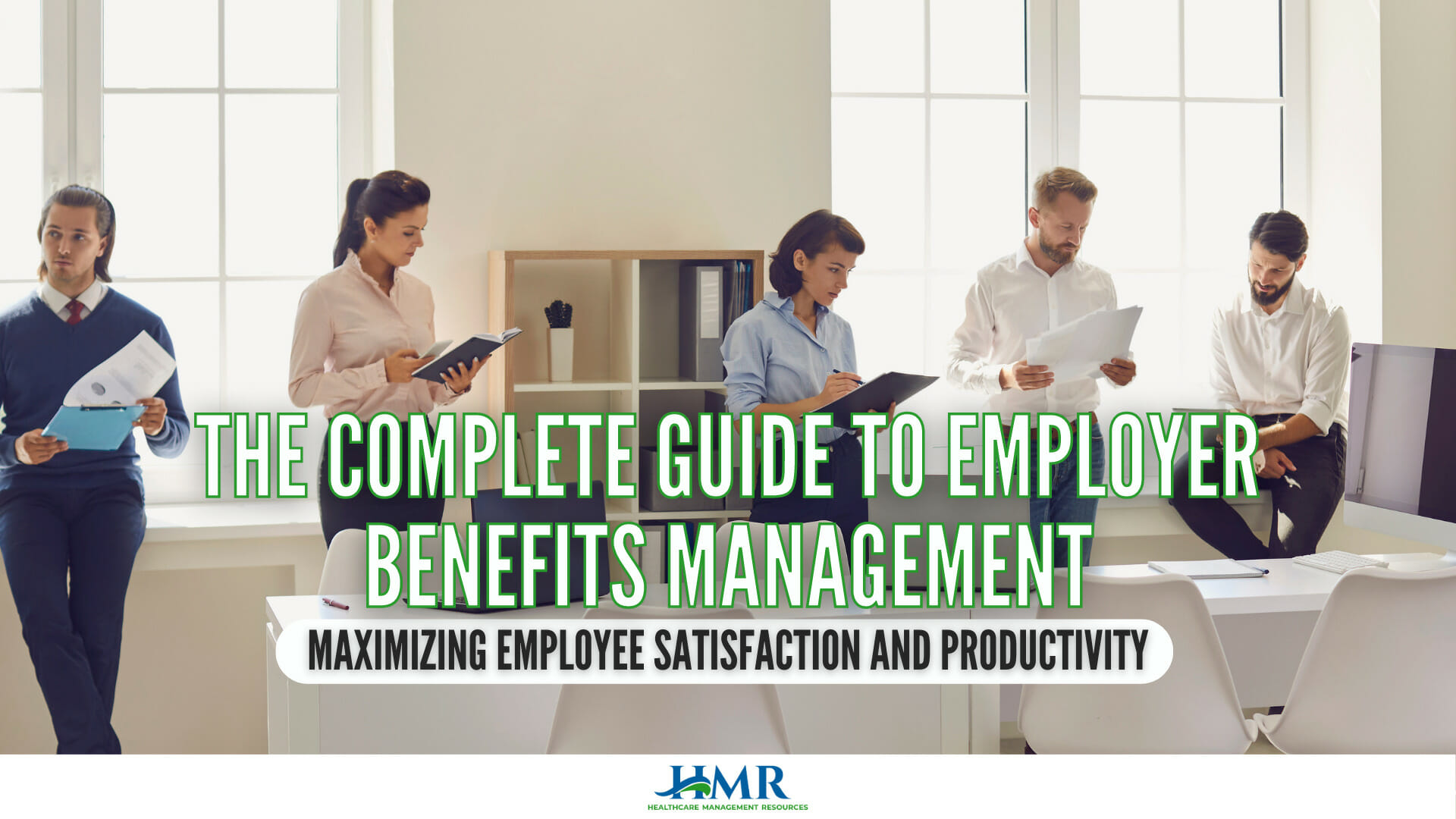The Complete Guide to Employer Benefits Management: Maximizing Employee Satisfaction and Productivity

Employee benefits are a critical aspect of modern workplaces, playing a pivotal role in attracting and retaining top talent. As an employer, managing these benefits effectively is key to ensuring employee satisfaction, engagement, and productivity. In this comprehensive guide, we will explore the essential components of employer benefits management and provide actionable insights to help you create a robust benefits program that meets the needs of your workforce.
1. Understanding Employer Benefits Management
Employer benefits management encompasses the design, administration, and communication of employee benefits packages. These packages often include healthcare, retirement plans, paid time off, disability insurance, wellness programs, and more. Effective management involves aligning benefits with company goals, complying with legal requirements, and optimizing the delivery and communication of these benefits to employees.
2. Crafting a Competitive Benefits Package
To attract and retain top talent, it is crucial to design a competitive benefits package. Start by understanding the demographics and preferences of your employees. Conduct surveys, focus groups, or individual interviews to gather insights into their needs and desires. Then, tailor the benefits package accordingly, considering factors such as healthcare coverage options, retirement plans, flexible work arrangements, and professional development opportunities.
3. Compliance and Legal Considerations
Navigating the legal landscape is a critical aspect of benefits management. Employers must comply with various regulations, including the Affordable Care Act (ACA), the Employee Retirement Income Security Act (ERISA), and the Family and Medical Leave Act (FMLA). Staying informed about changes in legislation, consulting legal professionals, and regularly reviewing benefit plans can help ensure compliance and avoid costly penalties.
4. Effective Benefits Communication
Even the most comprehensive benefits package will not yield its full potential if employees are unaware of its offerings. Effective communication is key to ensuring employees understand and appreciate their benefits. Employers can utilize a variety of communication channels such as email, intranets, employee handbooks, and benefit portals to disseminate information about benefits, changes, enrollment periods, and wellness initiatives.
5. Streamlining Benefits Administration
Managing benefits administration can be a complex and time-consuming process. Leveraging technology solutions, such as benefits management software or HRIS (Human Resource Information System), can streamline administrative tasks, automate enrollment processes, and provide employees with self-service options. This improves efficiency, reduces errors, and empowers employees to manage their benefits effectively.
6. Evaluating and Adapting Benefit Programs
Periodically assessing the effectiveness of your benefits programs is essential. Analyze data, gather feedback, and conduct employee satisfaction surveys to evaluate the impact of your offerings. Use these insights to refine and adapt your benefits strategy over time. Continuously monitor market trends and benchmark against industry standards to ensure your benefits remain competitive.
In today’s competitive job market, employer benefits management plays a pivotal role in attracting, retaining, and engaging top talent. By crafting a competitive benefits package, ensuring legal compliance, effectively communicating benefits, streamlining administration, and regularly evaluating and adapting programs, employers can create a work environment where employees feel valued, supported, and motivated. Prioritizing effective benefits management not only boosts employee satisfaction and productivity but also contributes to the long-term success of the organization.
In this guide, we have only scratched the surface of employer benefits management. The key is to be proactive, stay informed, and continually seek ways to optimize your benefits offerings. By doing so, you will build a strong foundation for a thriving workforce and a flourishing organization.
